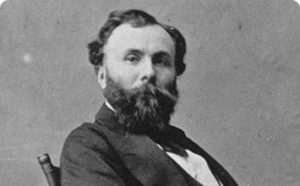
1826 - 1898
Gustave Moreau

description
A French artist, one of the most prominent representatives of the first wave of Symbolism. Painting mythological plots and not recognizing Impressionism that was popular at the end of the 19th century, Gustave Moreau was one of the leading painters of his time. As a talented teacher, he educated a whole galaxy of outstanding artists who admired his extraordinary vision of color and form, stunning intelligence and outlook. Without exaggeration, we can say that the work of Gustave Moreau determined the direction of development of painting in Europe and served as a kind of bridge between classical painting and the art of the future.
Key ideas:
– Paintings of Gustave Moreau strikingly differed from the works of his contemporaries. While Impressionists preferred to depict their own impressions from the world and academic artists were interested only in the outer shape of objects, Moreau strives to fill his paintings with deep inner meaning and symbols going into the human subconscious. The artist preferred mythological plots and biblical stories, reinterpreting them according to his ideas and adding fantastic elements.
– The artist pays special attention to female images. In the paintings of Moreau, women are represented in a wide variety of roles, ranging from virtuous Danae, to ferocious Sphynx woman.
– Most of the paintings by Moreau are filled with numerous additional details; mostly these are beautiful luxury items: jewelries, carpets, bouquets of exotic flowers and fancy clothes. The artist himself was a connoisseur of expensive and rare things. He believed that art should not be cheap and affordable for the majority. Perhaps, that is why Moreau rarely sold his paintings and tried to rarely exhibit them, thinking that his painting was aimed at particular connoisseurs of fine art. According to Theophile Gautier, a famous art expert, Moreau’s painting, “…so strange, unusual for an eye and so much mature in its originality, is created for a picky, knowledgeable and polite viewer”.
– The ambiguous and mysterious canvases of Moreau caused a strong reaction among contemporary critics and the public; they were a reason for quarrels of art experts and a subject of admiration of young artists looking for new methods and non-standard solutions. The work of Gustave Moreau became a basis for the emergence of several art movements and a role model for a whole generation of Symbolist artists.
1826
1846
1853
1857
1864
1873
1884
1891
1895
1898
The artist was born
Successfully passed the exams
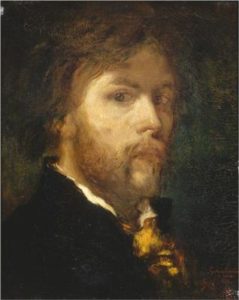
“The Song of Songs”
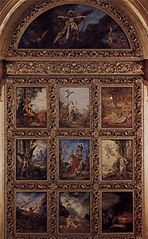
Went to Rome
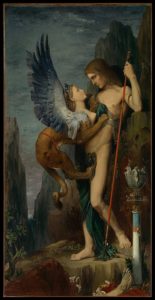
Was awarded a medal of Paris Salon
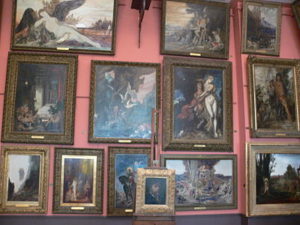
The government of the country ordered Moreau to design a chapel in the Paris Pantheon
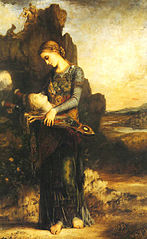
The artist's mother died
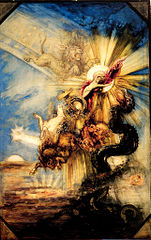
Became a professor at a school of fine arts in Paris
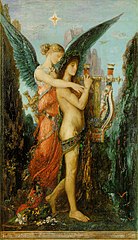
He decided to end his career as an artist
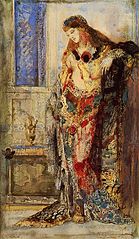
Gustave Moreau died

Gustave Moreau
On Artist
flow
Romanticism
friends
Edgar Degas
Theodore Chasserio
artists
Eugene Delacroix
Sandro Botticelli
Leonardo da Vinci
Vittore Carpaccio
Andrea Mantegna
Benozzo Gozzoli
Carlo Crivelli
By Artist
flow
Fauvism
Surrealism
friends
Edgar Degas
Theodore Chasserio
artists
Henri Matisse
Georges Rouault
Albert Marche
Henri Mangen
Andre Breton
Salvador Dali
Max Ernst
Odilon Redon
Gustave Pierre
